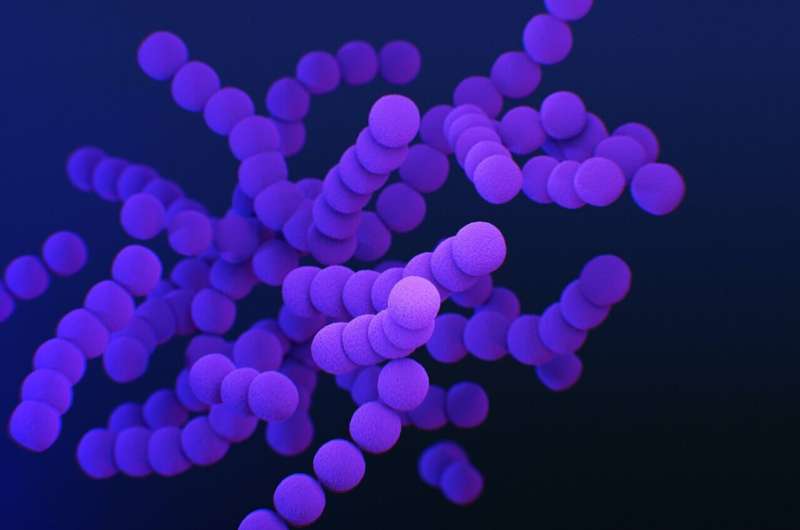Rules of the road: The navigational 'strategies' of bacteria in motion

Bacteria that move around live on the edge. All the time. Their success, be it in finding nutrients, fending off predators or multiplying, depends on how efficiently they navigate through their confining microscopic habitats. Whether these habitats are in animal or plant tissues, in waste, or in other materials. In a recent paper published in PNAS, a team of researchers led by McGill University has described a number of factors affecting how five very different species of bacteria search and navigate through varied microfluidic environments which pose various decisional challenges. This increased understanding of the bacterial space searching and navigational "strategies" has implications for everything from diagnosing infectious diseases and maintaining human health, to the development of devices for everything from genomics to bio computation, as well as for a wide range of agricultural, industrial, and environmental activities.
The researchers filmed the movements of five species of bacteria navigating through a range of microfluidic settings—from fairly open spaces (plazas) to complicated meandering channels. This allowed them to better understand the factors involved in the navigational "strategies" of bacteria as they search for available space.
Q & A with senior author Professor Dan Nicolau from McGill University's Department of Bioengineering
Q- What 'strategies' do bacteria use to navigate through space?
A—We found, by observing bacterial movement through microfluidic channels of different shapes and sizes, that bacteria use vastly different "algorithms" for searching through space than we had expected. These algorithms are not, as we thought, governed by the complexity of bacterial architecture—but rather by the spaces the bacteria are investigating. We found that a lot depends on the shape and the size of the channel that the bacteria are navigating. In general, bacteria don't waste time on U-turns, unless they have no choice due to the tightness of the channels.
Although the natural "movement technology" used by bacteria are very different from species to species, their space searching strategies are determined by their geometrical ratios, for instance cell width vs. length of flagella (the whip-like structures protruding from cell body that some bacteria use for locomotion).
Despite their differences, all the species we looked at were able to successfully negotiate through tight (relative to their sizes) paths, and certainly through larger ones. But in medium-sized meandering channels, bacteria cannot rely on the constricting walls to guide them, nor can they move totally freely. As a consequence, they become "confused" about what search method they should use and they are trapped, regardless of what algorithms they are programmed to use.
Q—How can this information be used?
A—In terms of diseases, whether in humans, animals, or plants, this information will help us better understand better how bacteria colonize confining spaces. This is useful for various reasons, such as focusing attention on how certain animal species may be more exposed to infections by certain bacterial species, due to their particular spacial navigation and exploration strategies.
For bacterial genomics, which are important in the understanding, treatment and prevention of the spread of infectious diseases, understanding the "algorithms" used by different species of bacteria will make it easier to design geometries that trap only a single species from samples collected in water, human fluids, etc. that may contain a whole range of bacterial populations.
For bio computation—that is, building computers powered by bacteria—it is crucial to know what algorithms the bacteria use for motion in order to build computers that do not make errors.
More information: Viola Tokárová et al, Patterns of bacterial motility in microfluidics-confining environments, Proceedings of the National Academy of Sciences (2021). DOI: 10.1073/pnas.2013925118
Journal information: Proceedings of the National Academy of Sciences
Provided by McGill University



















